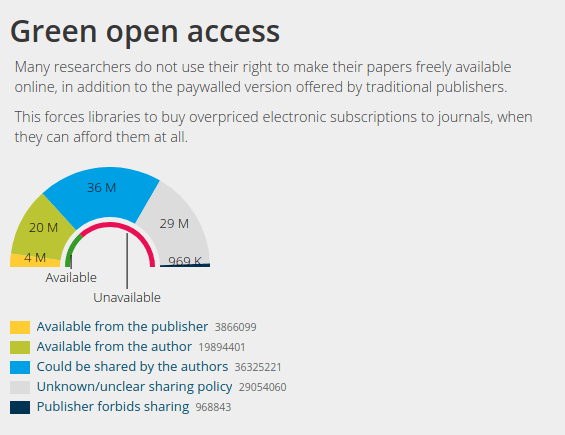Is a Cost-Neutral Transition to Open Access Realistic?
Current estimates for the cost of subscription articles converge around US$5,000 per article. This number is reached by dividing the estimated US$10b spent on subscriptions annually world-wide.
Send us a link
Current estimates for the cost of subscription articles converge around US$5,000 per article. This number is reached by dividing the estimated US$10b spent on subscriptions annually world-wide.
Legal methods to retrieve paywalled articles for free are on the rise, but better self-archiving practices could help improve accessibility.
Text and data mining made easy with the allofPLOS project. Parsing tools together with the entire corpus of PLOS research articles for download.
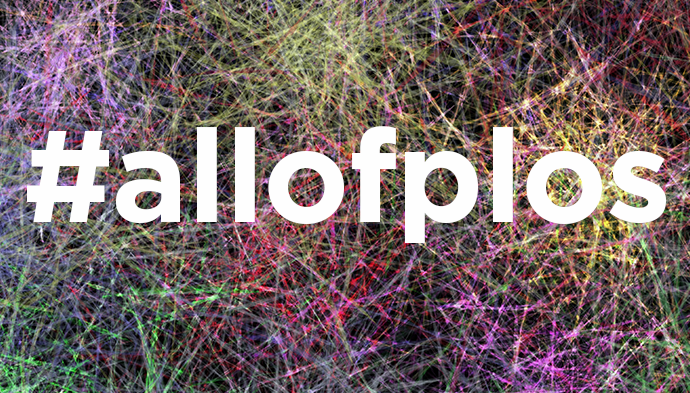
For the year 2016, 28.9 % of all peer-reviewed articles produced within the Finnish universities were reported as being OA.
Scholarly publishing and academic self-determination are interdependent and a crucial point of future debate for the future of University presses and Open Access worldwide.
A Twitter get together around open access, by researchers, publishers, and librarians.
After several high surplus years, a relatively small 2016 deficit will not sink PLOS.
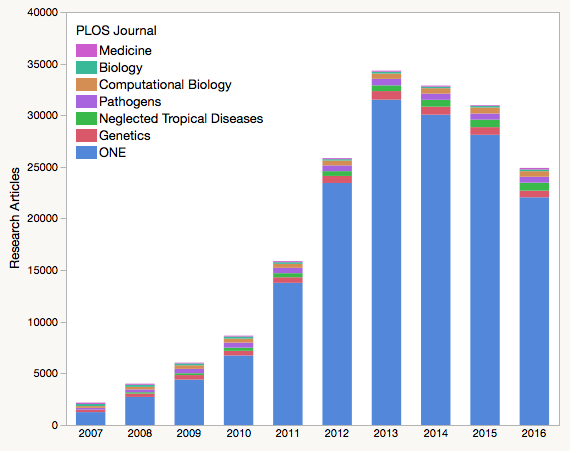
Of all 956,050,193 references from journal articles stored at Crossref, 32.00% are from journal articles published by Elsevier, none of which are in the Crossref “Open” category, freely available for others to use.

'Free science'/pirate site operator 'working on solving DNS issue'

While green and gold open access have been put forward as two worthy emperors, it is time to conclude that they are unclothed.

It’s clearly not open to all if scholars are required to pay to publish their results.

Books, like journals, reach far more people when they are published open access.

Michael Markie, Publisher at F1000, and Robert Kiley, Head of Open Research, Wellcome, highlight Wellcome Open Research’s achievements in its first year of publishing.
Venture will launch next year and seeks to strengthen continent’s science by helping academics share work more quickly.
Inspiration from influential European academics on Open Access.
The African Academy of Sciences, in partnership with F1000, is launching a publication platform, AAS Open Research.
Trevor Mundel, President of Global Health at the Bill & Melinda Gates Foundation, is eager to see Gates Open Research match the performance of Wellcome Open Research.
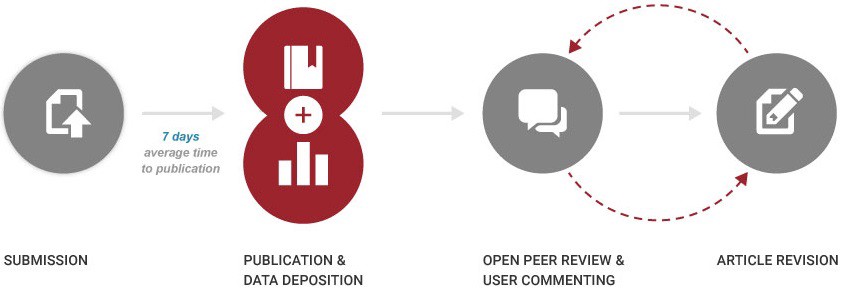
The interests of the legacy publishers cannot co-exist with the ideals of the Open Access movement.
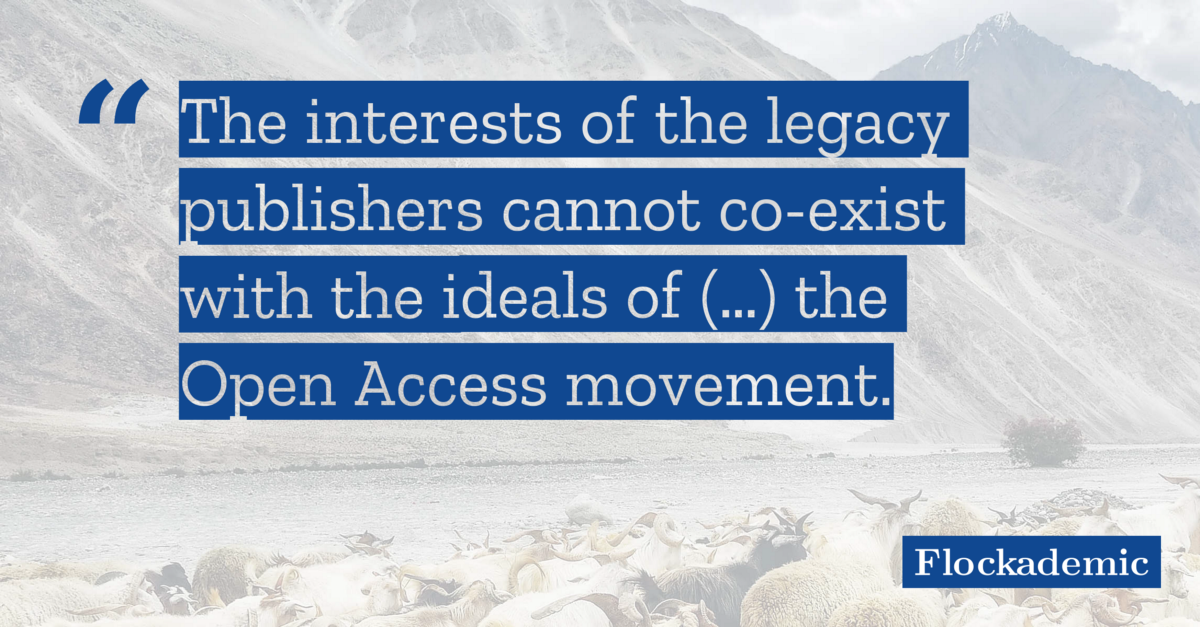
A collection of web-browser plug-ins is making the scholarly literature more discoverable.
A clear citation advantage for open publishing with open available documents receiving twice as many citations.
Leading Swedish research funder joins nonprofit coalition committing about £2.72 mio. to eLife for a 4-year period beginning in 2018.
Scholars are planning an alternative site on which to network and share work.

In our institutions of higher education and our research labs, scholars first produce, then buy back, their own content. With the costs rising and access restricted, something's got to give.
How does open access affect the usage of scholarly books? A white paper by Springer Nature.
A survey on open access books, revealed that of the 99 authors, 55.5% self-archived their chapters.

Considerations of open access models that can work across disciplines. The case of ELife, PLoS, and BioOne.
Academic publisher Springer Nature says it has blocked access to articles within China to comply with demands from the Chinese government.

Could the real open access please stand up? If more research was published according to true open access principles, we'd see better application of evidence for everyone's benefit.
On the slow but steady rise of Open Access.
Michele Marchetto of Wikimedia Italia shares the story of how they helped authors to make their open access articles more widely available.
